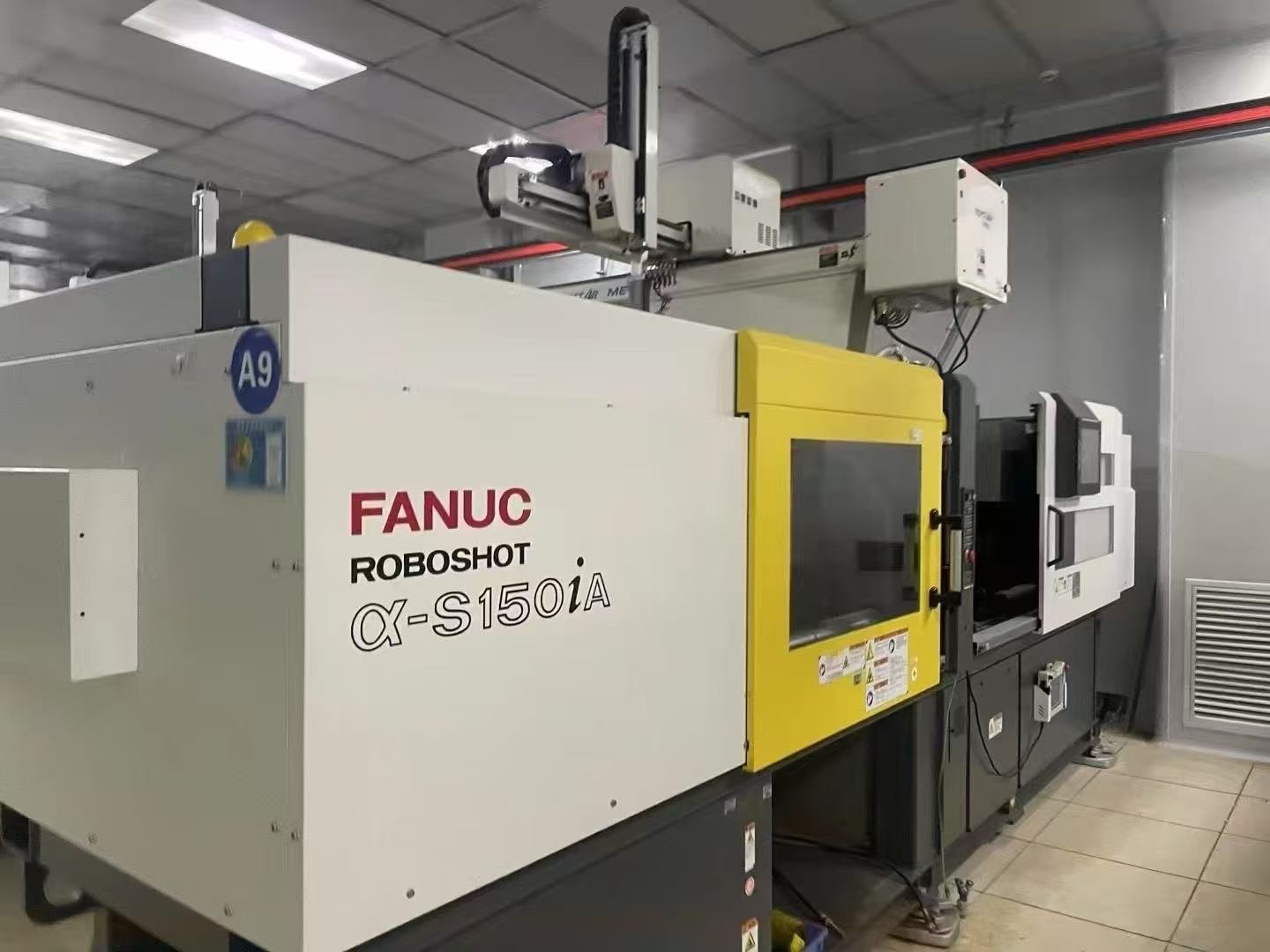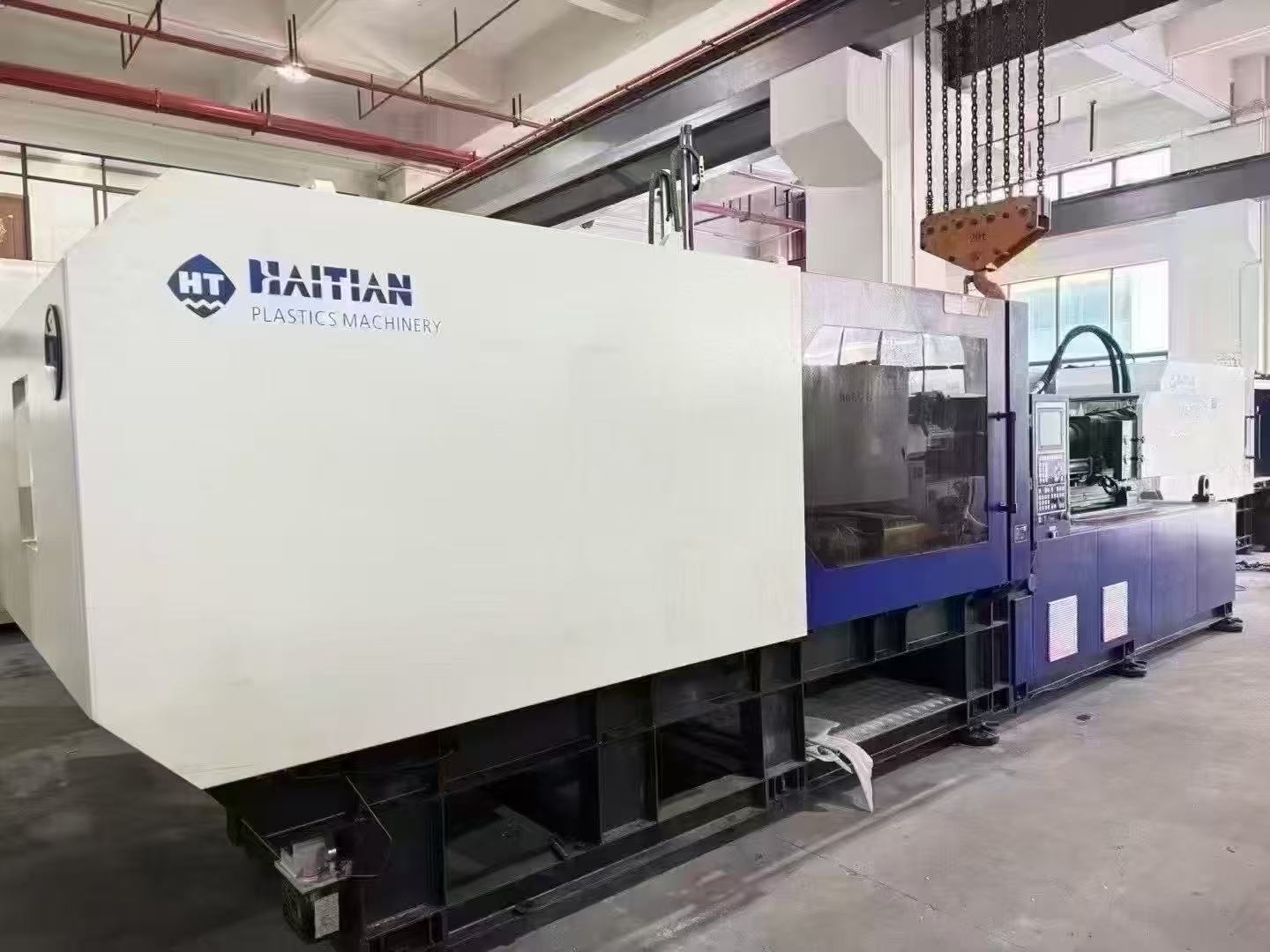In the fast-paced landscape of modern manufacturing, the demand for efficiency, precision, and reliability has never been greater. Industries across the globe are constantly seeking technological advancements that can provide a competitive edge, reduce operational costs, and enhance product quality. At the heart of this industrial evolution is the plastic injection molding sector, where the introduction of a new generation High-speed Machine is setting unprecedented benchmarks. These machines are not merely upgrades to existing technology; they represent a fundamental shift in how plastic components are produced, blending raw power with sophisticated control to deliver exceptional results consistently and efficiently.
At the core of this technological marvel is an advanced control system, which serves as the brain of the entire operation. Modern injection molding machinery is equipped with an intuitive digital interface, often featuring a vibrant LCD screen that provides operators with real-time data and complete command over every parameter. This allows for meticulous adjustments to pressure, temperature, and injection speed, ensuring unparalleled precision with every cycle. The integration of state-of-the-art sensors provides a continuous feedback loop, monitoring the process to maintain consistent quality and automatically compensating for minor variations. This level of granular control is crucial for producing complex geometries and intricate details with tight tolerances, minimizing material waste and dramatically reducing the rate of defective products. The user-friendly nature of these interfaces also lowers the barrier to entry for operators, reducing training time and optimizing workflow efficiency from day one.
The sheer performance capabilities of a modern High-speed Machine are a testament to superior engineering and robust construction. Built on a solid, formidable frame, these machines are designed to withstand the immense pressures of intensive, round-the-clock production cycles. A key performance indicator is the clamping force, with leading models boasting capabilities of 1700 tons or more, ensuring that molds are held securely shut during the high-pressure injection phase to prevent flash and other molding defects. This power is managed by a highly efficient hydraulic system, engineered for swift, repeatable movements and rapid cycle times. This acceleration in production speed directly translates to higher output and increased profitability. Furthermore, a significant focus has been placed on energy consumption, with innovative designs that optimize power usage without sacrificing performance, making these powerful machines surprisingly economical and environmentally conscious.
Durability and longevity are paramount for any significant capital investment, and these machines are built to last. The meticulous design extends beyond just the primary components. Every element, from the robust clamping unit to the precision injection system and the advanced cooling channels, is crafted from high-grade materials to ensure minimal wear and tear over years of operation. The sleek, professional exterior, often featuring a clean blue and white aesthetic, is more than just cosmetic; it houses a complex ecosystem of parts working in perfect harmony. Strategic placement of reinforced observation windows allows for safe monitoring of the internal mechanisms, reflecting a design philosophy centered on transparency and operational insight. This commitment to quality construction minimizes downtime for maintenance and repairs, ensuring that your production line remains operational and profitable.
Versatility is another cornerstone of this advanced manufacturing equipment. In today's dynamic market, the ability to adapt is crucial for success. These machines are designed to be incredibly flexible, capable of handling a vast spectrum of thermoplastic materials with different melting points and flow characteristics. This adaptability empowers manufacturers to produce a diverse array of products, from small, intricate electronic components to large automotive parts or consumer goods containers. The ability to quickly and easily switch between different molds and materials allows businesses to respond swiftly to changing market demands and seize new opportunities without needing to invest in separate, specialized machinery for each application. This inherent versatility makes the High-speed Machine a strategic asset for sustainable growth and market leadership.
Ultimately, the acquisition of such advanced machinery is a strategic business decision that offers a powerful return on investment. By combining unparalleled speed, precision, and energy efficiency, these machines drive down the cost per unit while simultaneously elevating product quality. The reduction in material waste, lower energy bills, and increased productivity contribute directly to a healthier bottom line. Moreover, the reliability and low maintenance requirements ensure a predictable and stable manufacturing environment. Supported by robust after-sales service and technical support networks, businesses can be confident that their investment is protected and that their operations will run at peak efficiency. Choosing this technology is more than an equipment purchase; it is an investment in the future of your enterprise, propelling it to new heights of operational excellence and innovation in the competitive plastics industry.

Description
Additional Information
Privacy Policy
People who viewed this also viewed
High-speed Machine: Discover the FANUC ROBOSHOT μ-S150iA
1. Introduction to High-speed Machine
2. Precision and Efficiency in Production
3. Advanced Technology Integration
4. Benefits of High-speed Manufacturing
5. Ease of Use and Ergonomics
6. Exceptional Customer Support and Service
High-speed Machine: Revolutionizing Injection Molding
1. Introduction to Modern Manufacturing
2. The Role of Plastic Injection Molding
3. Features of High-speed Machines
4. Advanced Control Systems
5. Performance Capabilities
6. Durability and Longevity
7. Versatility in Manufacturing
8. Strategic Asset and Investment 9. Conclusion





